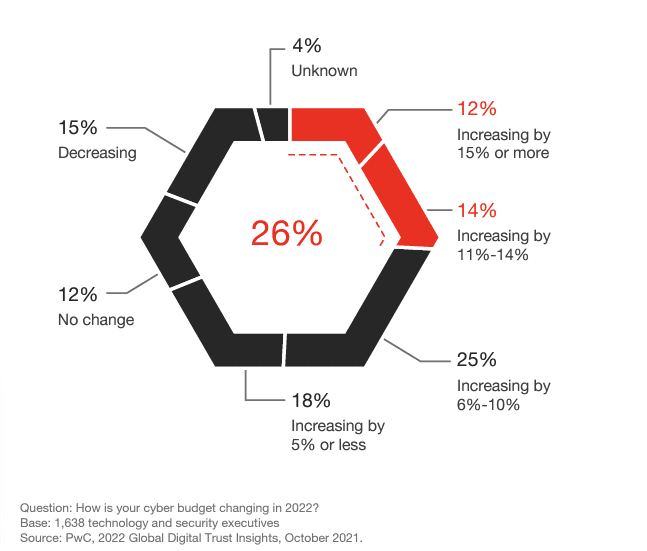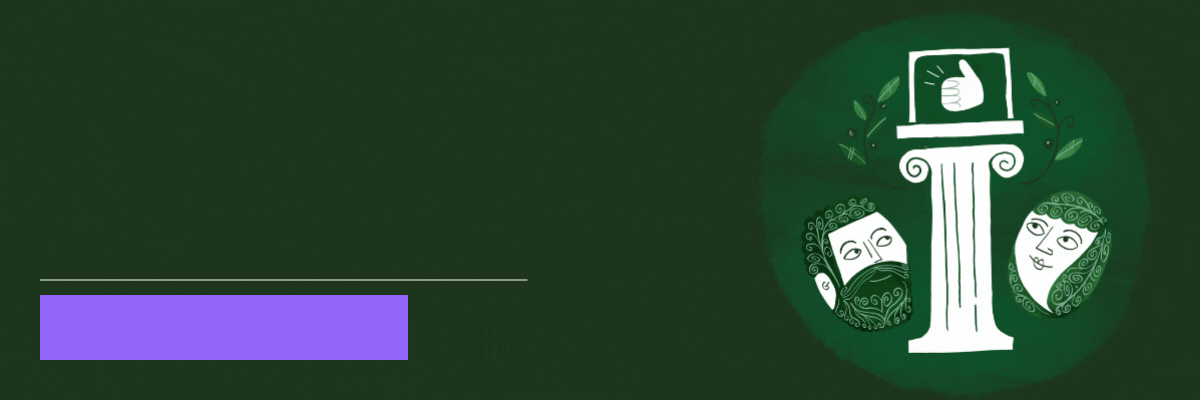The Future of IT Procurement
IT procurement is poised for significant transformation. With global IT spending expected to surge from $4.7 trillion to $5.1 trillion by the end of this year, it’s clear that technology is no longer just a supporting function but a driving force for business evolution. For IT procurement professionals, staying ahead of these trends is crucial for making informed, strategic decisions that align with broader business goals. Here are the top trends to watch in late 2024, moving into 2025.

1. Intelligent Automation and AI Integration
Artificial Intelligence (AI) and intelligent automation have moved beyond buzzwords to become indispensable elements of a modern, agile procurement function. As organizations continue to adopt these technologies at an accelerated pace, the procurement landscape is being reshaped by their transformative potential.
The Rise of AI and Automation in Procurement
As noted by GEP, AI and intelligent automation are now critical for procurement leaders looking to streamline operations, reduce manual efforts, and enhance decision-making. These technologies are increasingly being integrated into various procurement processes, including automated supplier identification, predictive analytics for demand forecasting, and robotic process automation (RPA) for handling repetitive tasks . This shift not only minimizes errors but also enables procurement teams to unlock valuable insights that drive more informed decisions.
Data: The Backbone of Intelligent Automation
Procurement Magazine highlights the dual role of data as both a core benefit and a challenge for procurement professionals. In 2024, the effective utilization of data will be crucial, particularly as the adoption of AI, including generative AI, continues to rise. While data, when managed well, can lead to significant cost savings and strategic value, the sheer volume and complexity of data require robust management strategies. Generative AI, viewed by Bain & Company as a “once-in-a-decade opportunity,” is expected to play a pivotal role in risk management, actionable insights, and anomaly detection within procurement functions .
Balancing Hype with Practical Applications
While 2023 saw an explosion of interest and investment in generative AI, as pointed out by Procurement Magazine, the initial hype is beginning to cool as organizations grapple with finding effective, practical applications that justify the cost. In 2024, the focus will likely shift toward more pragmatic uses of AI in data analytics, process automation, and other elements of the Source-to-Pay (S2P) process. However, realizing the full potential of generative AI in procurement may take more time, with meaningful benefits expected to emerge in the next 12 months or beyond.
Olive’s Perspective
Practical AI Integration
At Olive, we’ve observed firsthand how our clients are navigating this evolving landscape. By leveraging Olive’s data-driven platform, organizations are effectively integrating AI and automation into their procurement processes, achieving tangible results while avoiding the pitfalls of overhyped technologies. Central to this transformation is our platform’s ability to harness and manage vast amounts of data, enabling procurement teams to gain deep insights that drive smarter decision-making. Our focus remains on providing tools that offer real, immediate value—streamlining procurement workflows, enhancing data management, and ultimately empowering procurement professionals to make decisions that are not only informed but strategically aligned with their business goals.
2. Strengthening IT Procurement Against Emerging Cybersecurity Threats
As the cybersecurity landscape continues to evolve, the importance of robust security measures in IT procurement cannot be overstated. In 2025, IT procurement professionals must prioritize security at every stage of the procurement process, from selecting vendors to implementing new technologies.
Enterprise cybersecurity includes everything that protects a company’s data, resources, and users/customers from cyberattacks. It includes protecting on-premise data, cloud-based data, and the many endpoints through which cyberattacks can come. Enterprise cybersecurity also analyzes data routes between devices, networks, and people and makes each element as secure as possible.
Sixty-nine percent of organizations planned to increase cybersecurity spending in 2022, driven by the business case of securing increasingly complex digital infrastructures their businesses rely on.

The Growing Importance of Cybersecurity in Procurement
The rise in cyber threats such as ransomware and data breaches has made it imperative for organizations to integrate advanced security protocols into their procurement strategies. This means going beyond basic precautions and implementing comprehensive security measures such as firewalls, intrusion detection systems, and regular vulnerability assessments to safeguard critical data and systems.
Addressing the Challenge of Shadow IT
Another critical aspect of strengthening IT procurement against cybersecurity threats is managing the risks associated with shadow IT. Shadow IT refers to the use of unauthorized software, applications, or services within an organization without the knowledge or approval of the IT department. This practice can create significant security vulnerabilities, as these unvetted tools often bypass standard security protocols. To combat this, IT procurement professionals must establish clear policies that discourage the use of unauthorized tools and implement monitoring systems to detect and address shadow IT activities. By bringing all technology acquisitions under the umbrella of formal procurement processes, organizations can better control security risks and ensure that all tools and technologies meet rigorous cybersecurity standards.
Strategies for Enhancing Security in Procurement
Procurement professionals must take a proactive approach to security by embedding it throughout the technology development and procurement lifecycle. This includes encrypting all sensitive data—both at rest and in transit—and conducting thorough security audits of potential vendors to ensure they meet the necessary standards. Integrating security measures into every step of the procurement process helps to mitigate risks and protect the organization from potential cyber threats.
Olive’s Perspective
Security as a Core Component of IT Procurement
At Olive, we understand that robust security is not just an add-on but a fundamental aspect of modern IT procurement. Our platform is designed with security at its core, enabling organizations to seamlessly integrate advanced cybersecurity measures into their procurement processes. By using Olive, procurement teams can ensure that every vendor and solution they choose meets stringent security requirements, reducing the risk of data breaches and other cyber threats.
Our data-driven approach also allows organizations to perform comprehensive security assessments, ensuring that all sensitive information is protected throughout the procurement lifecycle. By prioritizing security, Olive helps organizations future-proof their procurement processes, enabling them to confidently navigate the increasingly complex cybersecurity landscape.
3. Regulatory-Driven IT Procurement
Navigating Regulatory-Driven IT Procurement in 2025
In 2025, IT procurement professionals will face increasing pressure to navigate complex regulatory environments across various sectors. New rules in healthcare, federal IT, and supply chain management will demand heightened attention to compliance at every stage of the procurement process.
Healthcare IT Compliance in the US
The U.S. Department of Health and Human Services (HHS) has introduced new proposed rules that require enhanced data privacy and interoperability from health IT vendors. These regulations are designed to prevent the creation of data silos and promote seamless data exchange across healthcare systems – Healthcare IT News. For procurement teams, this means stricter vendor assessments and the need to integrate compliance checks into the vendor selection process.
Federal IT Challenges in Canada
In Canada, the failures of federal IT projects like Phoenix and ArriveCAN have highlighted the urgent need for more rigorous procurement frameworks. These cases underscore the importance of transparency, accountability, and adherence to best practices in federal IT procurement (Ottawa Citizen).
Supply Chain Compliance
As global supply chains continue to experience disruptions, the emphasis on regulatory compliance in procurement has become more critical. Organizations must ensure that their procurement strategies are resilient and adaptable to new regulations that may arise in response to these disruptions, as noted by Olive CEO Chris Heard (Supply & Demand Chain Executive).






